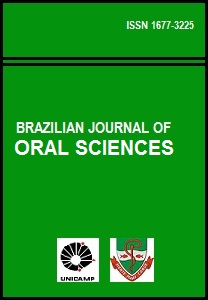Abstract
Aim: This study aimed to assess mandibular behavior in Class II subjects subjected to full orthodontic treatment with standard edgewise appliance and cervical headgear (Kloehn appliance) during the pubertal growth spurt period. Methods: Lateral cephalometric radiographs of 40 patients (21 females and 19 males) were performed at the beginning of the treatment (T0 ), at its end (T1 ) and at 5-year post-retention phase (T2 ) in order to quantify the cephalometric measurements (8 angular and 3 linear), representing the mandibular behavior in the anteroposterior and vertical senses. The mean age of female patients at T0 , T1 and T2 was 11.4, 15 and 26 years, respectively, and for male patients it was 12.2, 16.7 and 28 years, respectively. All patients were treated in just one phase without extractions and not associating Class II intermaxillary elastics. Results: The effective treatment of skeletal Class II malocclusion with conventional Edgewise fixed appliance and Kloehn cervical headgear did not interfere in the direction and amount of mandibular growth as well as remodeling at it is inferior border, with no influence in anti-clockwise rotation of the mandible. The mandibular growth was also observed after the orthodontic treatment, suggesting that it is influenced by genetic factors. Conclusion: These observations may lead to the speculation that growing patients with skeletal Class II malocclusion and low mandibular plane are conducive to a good treatment and long-term stability.The Brazilian Journal of Oral Sciences uses the Creative Commons license (CC), thus preserving the integrity of the articles in an open access environment.
Downloads
Download data is not yet available.

